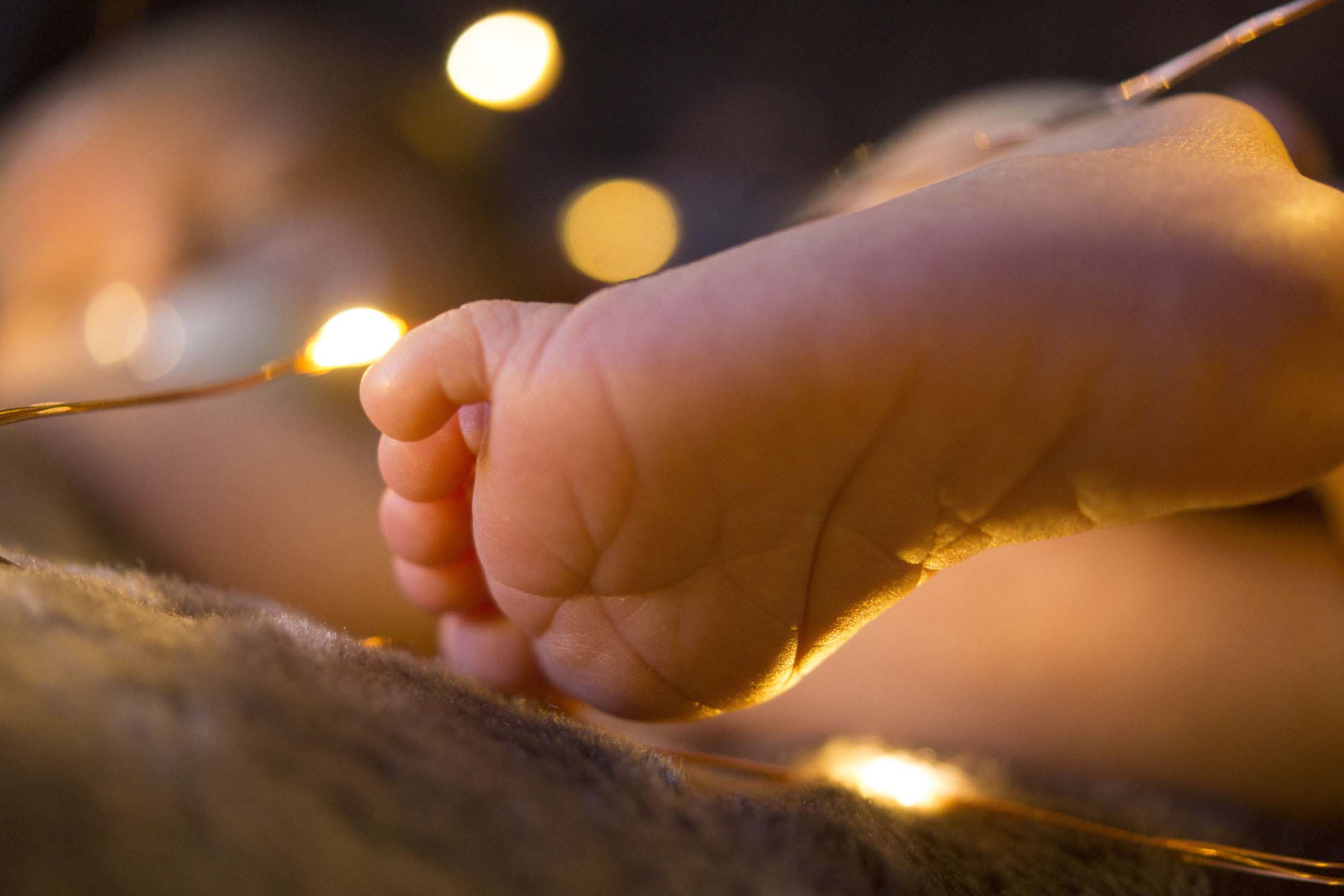
a7iii w/Tamron 70-180 f2.8

iPhone Camera
~Motion Memory Blog~
Let me get this out front and center. This is not a complete comparison outlining when you should use a cell phone camera and when you should use a dedicated camera – DSLR, Mirrorless, etc. This is a technical and aesthetic comparison between the performance of the two. If you’re looking for a “which should I choose” comparison, I'll have a post on that soon.
It’s almost cliché to say that cellphone cameras have become ubiquitous in recent years. But the best camera is often the one that you have in your pocket – if for no other reason than access. But when you have time to plan, what choices do you make? Or, if you’re deciding between having your friend take pictures of you with an iPhone or hiring a photographer, what difference will you actually see?
When it comes to image quality, there’s just something that stands out about an image from a high-end camera. Cell phones can take great images, don’t get me wrong, but there’s something special about images produced from a dedicated camera.
And that's what's important; not the technical numbers of your camera or lenses, but the immediate reaction and perception of the viewer. The way that an image makes you feel. But there are technical aspects of the process that are more likely to get you that desired feeling.
The first thing that comes to mind is image sharpness. Perceived sharpness comes from at least two factors: resolution and acutance. Resolution is a concept that we’ve all become familiar with as televisions have transitioned into the HD realm – 720p, 1080p, 4k. These all describe the vertical resolution of a screen – with each bigger number producing an image with more detail. In the same manner, a 12 Megapixel camera (often found on phones) will produce more detail than an 8 Megapixel camera.
Whenever I make the comparison to television (or computer) resolutions, though, I often hear the same response from the tech savvy person in the room: “1080p is only 2 MP and 4k is 8MP, so why do we have cameras that shoot beyond that? What’s the point?” While a valid criticism, there is a very good reason to have a higher megapixel count in your camera. Ultimately these images are going to be displayed on a monitor, phone, or printed out. As we scale down a super-high resolution image, we’re left with more data per pixel. Where an 8MP camera would have eight million pixels of individual data points, a 24MP image scaled down to be displayed on a 4k monitor is going to combine and average out those extra data points to make a more accurate image at the displayed resolution. The resulting image can produce more even colors and smoother, more accurate lines.
***As a side note, image down-sampling is not the only reason we use higher resolution sensors. A higher resolution image can allow us to crop our image after we’ve taken it. Reframing the image or effectively giving us an artificial zoom.***

a7iii w/Tamron 70-180 f2.8

iPhone Camera
These two images were taken at the same exact moment and haven't been edited! There's nothing wrong with the cell phone image, but the difference is clear.
In hindsight, I would definitely stop down this shot to get the "86" and cake more in focus though. Even at f4, this lens would give nice separation from the background.
Acutance, the second factor in perceived sharpness, is how quickly a transition in an image is completed. In human terms, it’s how suddenly a black block changes into a white block. Is it instant, is it fuzzy, is it a little “soft”? Resolution itself can help with this, as each pixel represents a smaller portion of the whole image, but two camera settings affect acutance as well. A high shutter speed can “freeze” motion and help separation by reducing motion blur. Your cell phone will choose the shutter speed automatically (unless you go into a “pro mode”), but a skilled photographer will know how to set the shutter speed high enough to capture an image free of motion blur.
Secondly, to improve acutance, you’ll need to make sure you’re in perfect focus! Cell phones and dedicated cameras alike have automatic focus, but newer dedicated cameras often come with advanced auto focusing features – like the ability to focus on only a certain spot, the ability to track focus on an object, or the fantastic eye-autofocus that uses software to detect the eye of your subject and focus precisely there. Cell phones have less sophisticated autofocus but do have the intuitive touch-to-focus system.
Of course, I would be remiss to discuss image quality without mentioning lenses. Cell phones often come with two, three, or four camera sensors and lenses, but they often get smudged by greasy fingers, pocket lint, or are simply covered by a cheap plastic “protector”. Interchangeable lenses are premium in construction and material. A camera lens is some of the finest glass that you will ever see.
Having said all of that, cell phones currently have one major advantage when it comes to image quality: their software. Each time you press to take an image, you cell phone actually takes ten or more images and intelligently selects the one that is most likely to be the best shot! Sometimes even giving you the option to select a different picture! This doesn't improve image quality itself, but does give you a better chance at getting a good image.
When people discuss what the differences are between cell phone cameras and “professional” cameras, bokeh often gets brought up. Bokeh is the defocused area found closer and farther than the focal plane. Again, in human terms, bokeh is the pleasing background blur that you see in an image. Think about when Christmas lights turn into glowing orbs in a picture!
Bokeh is a complex interaction between the focal plane and the aperture blades. The shape of the aperture (typically pretty circular) will determine the shape of the blur in your image. Some people even use this to give an artistic effect by placing an artificial aperture on the front of the camera to manipulate the shape of the “bokeh balls”.
Bokeh is more predominant when the aperture is opened the widest. Cameras lenses have ratings to convey how wide open the aperture is, called f-stops. The lower the number, the wider the aperture is open. Bokeh is also increased as your image sensor gets larger. Naturally, a dedicated camera has a significantly larger sensor than a cell phone. An aperture of f1.8 on a full frame lens is going to give you amazing bokeh!

But don’t count cell phones out yet! In recent years, cell phones have been enabling artificial background blur – usually called something like “portrait mode”. This mode uses its software to detect people and to give the rest of the image a varying amount of blur. This is not the same; it’s no 100% substitute, but it’s pretty close!
Finally, sometimes bokeh isn’t desirable. I know that many landscape photographers want everything to be crystal clear! So bokeh isn’t the be-all-end-all of quality.
Photography is all about light. There’s no if's, and’s, or but’s about it! Sometimes we find ourselves in dark locations and still needing to capture images. I won’t bore you with hitting the same physical characteristics over the head but suffice it to say that the larger sensors and wide apertures allow for maximum low-light performance! Some of the advanced sensor technologies in modern cameras will let you capture amazingly bright images in all but the darkest of situations.
Some cell phones – iPhones and Google Pixel phones – have AI powered dark modes or “night modes”. These modes typically take a long exposure or a series of exposures and mesh them together to gather as much detail as possible. It’s a truly innovative technology.
The image at the top of this post is a (cropped) long exposure picture of the Cherry Grove Pier in North Myrtle Beach. You'll notice how the waves are smoothed out as the camera's shutter was open for several seconds and captures each stage of the waves. Something like this requires a steady tripod - and the capacity to accept that people will think you're weird, standing in the dark with a camera!
The last area of differences that I want to discuss is the reach at which cameras can capture an image. Focal length is a product of the physical glass and space in a lens. Cell phones tend to focus on wide angles, because the phone is typically held close to whatever is being photographed. Some phones have multiple lenses with secondary lenses being “telephoto”. While they reach further than the wide lens, these second longer options are only what photographers would think of as a “standard” focal length (around 50mm full frame). And forget about digital zoom. You might as well crop after the picture is taken.
Interchangeable lens systems have the amazing ability to be… interchangeable. You can slap on an ultra-wide lens to capture a whole scene, use a standard zoom to cover pretty wide to decently long, or go for a real telephoto lens to reach far into the distance.
These images were all taken at the same distance (click each one for full screen). You will notice that starting with the last two cell phone shots, I did move to the left to get a tree out of the way. The Pixel 5 at 0.6x is clearly the widest. Probably the equivalent of a 14mm full-frame lens.
The 1.0x is a little tighter than the 17mm, and the 2.0x is probably about a 35mm on full-frame. While the Pixel 5 at 2.0x is the longest reach from my cellphone, you'll quickly see that my Tamron 70-180 has significantly greater reach.
Finally, I tried to take a selfie at 17mm, but it was hot garbage. Leave that to the cell phones (see above)!
I’m a sucker for my camera system. I love being able to have sharp, detailed images. I love having a variety of lenses to choose from for the perfect shot. I love the manual control that I get to add or reduce motion blur, to photograph the stars at night, and to generally be in full control. Unfortunately, hauling all of this around can be a burden. It’s also an expensive hobby!
I also love my cell phone. It takes decent pictures with great color. It handles low light well (if I can hold still for a few seconds). It even picks the best shots without me knowing. Best of all, it’s with me all the time. But you won’t see me in the park taking anything more than selfies with my cellphone. There’s simply no comparison. Once you know, you know.